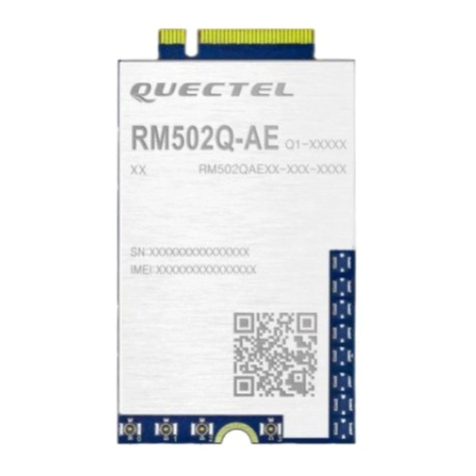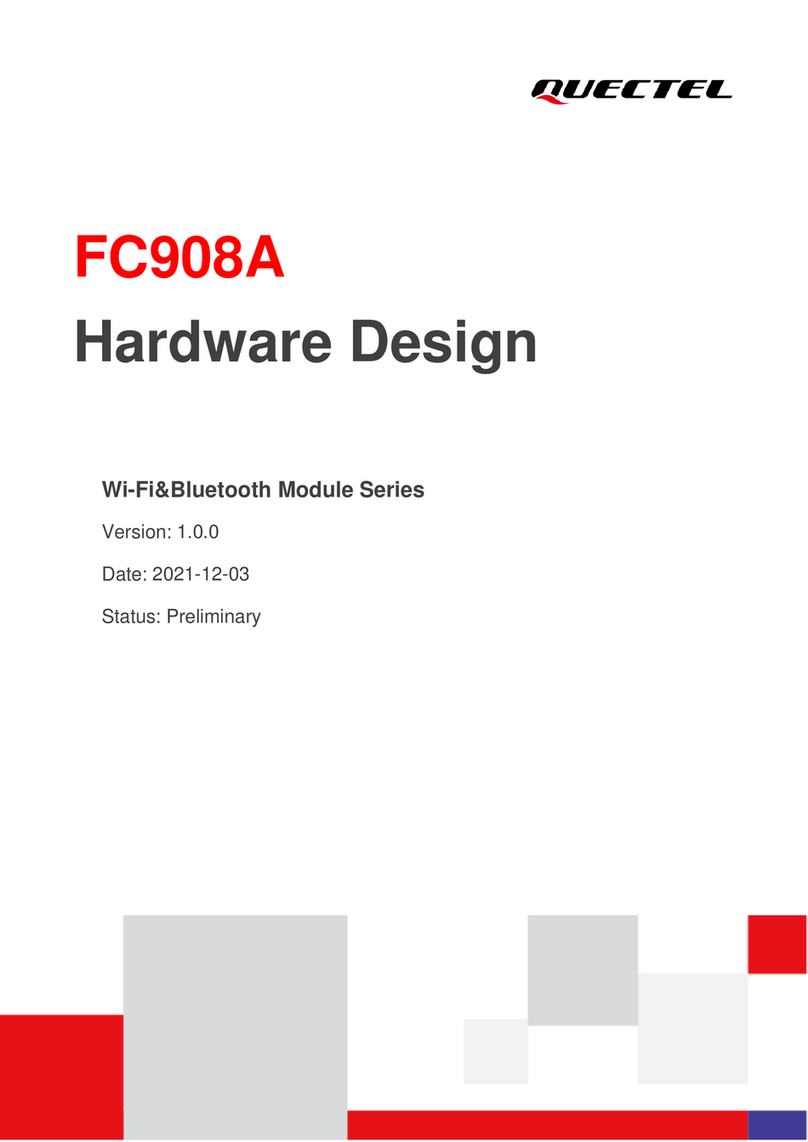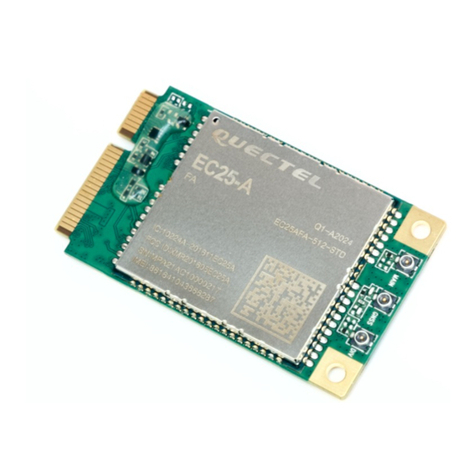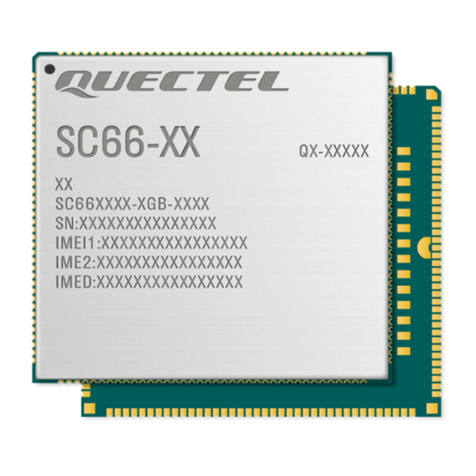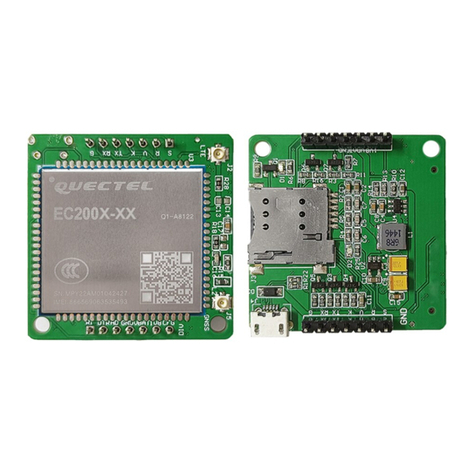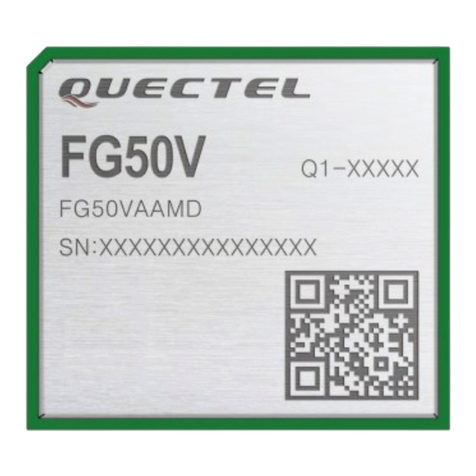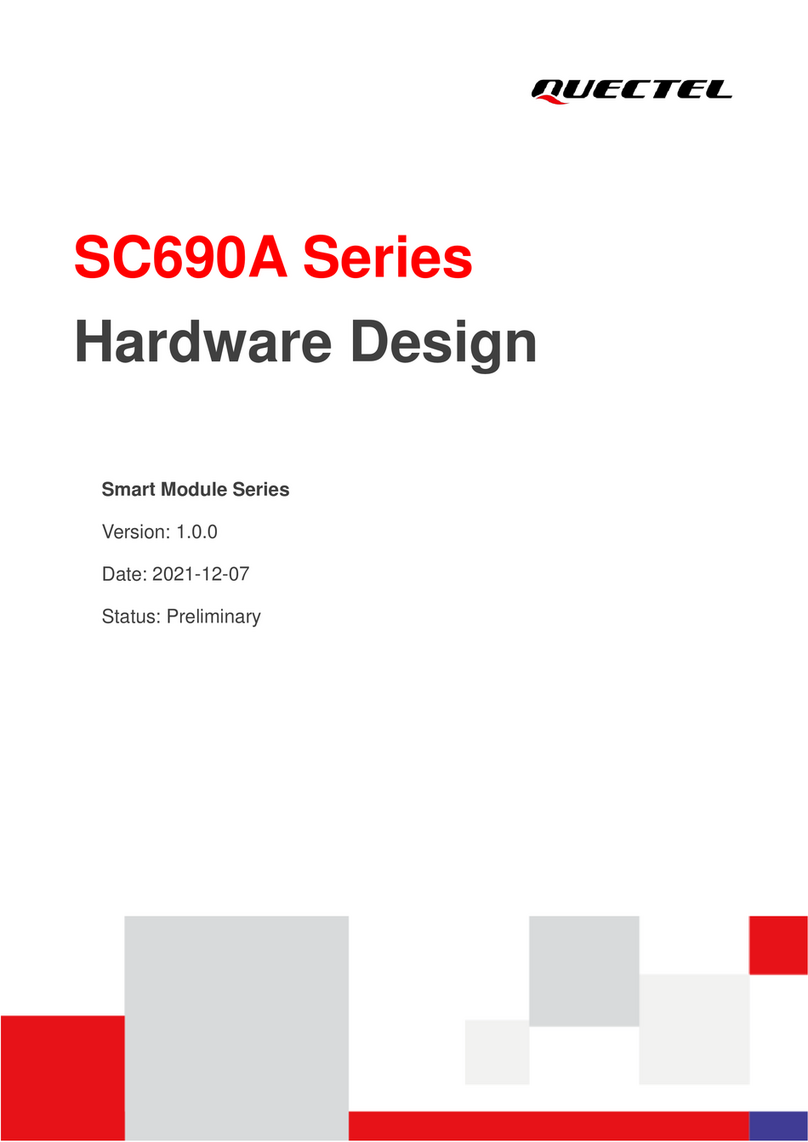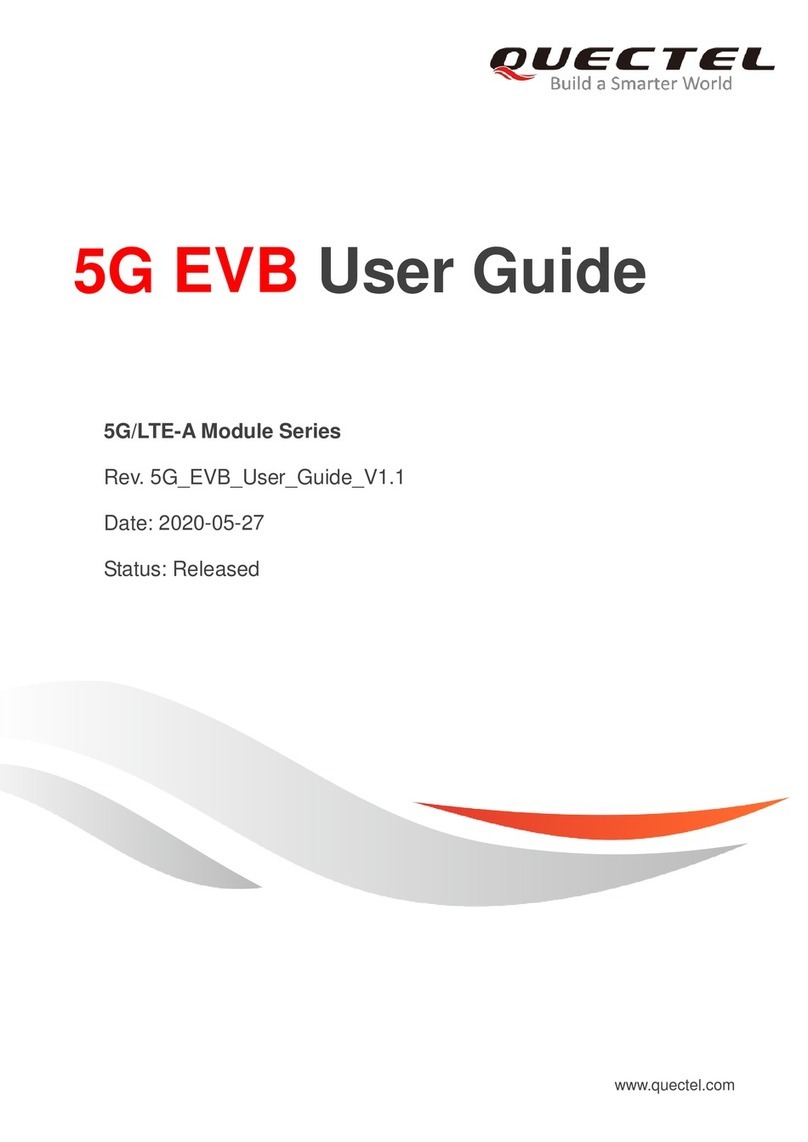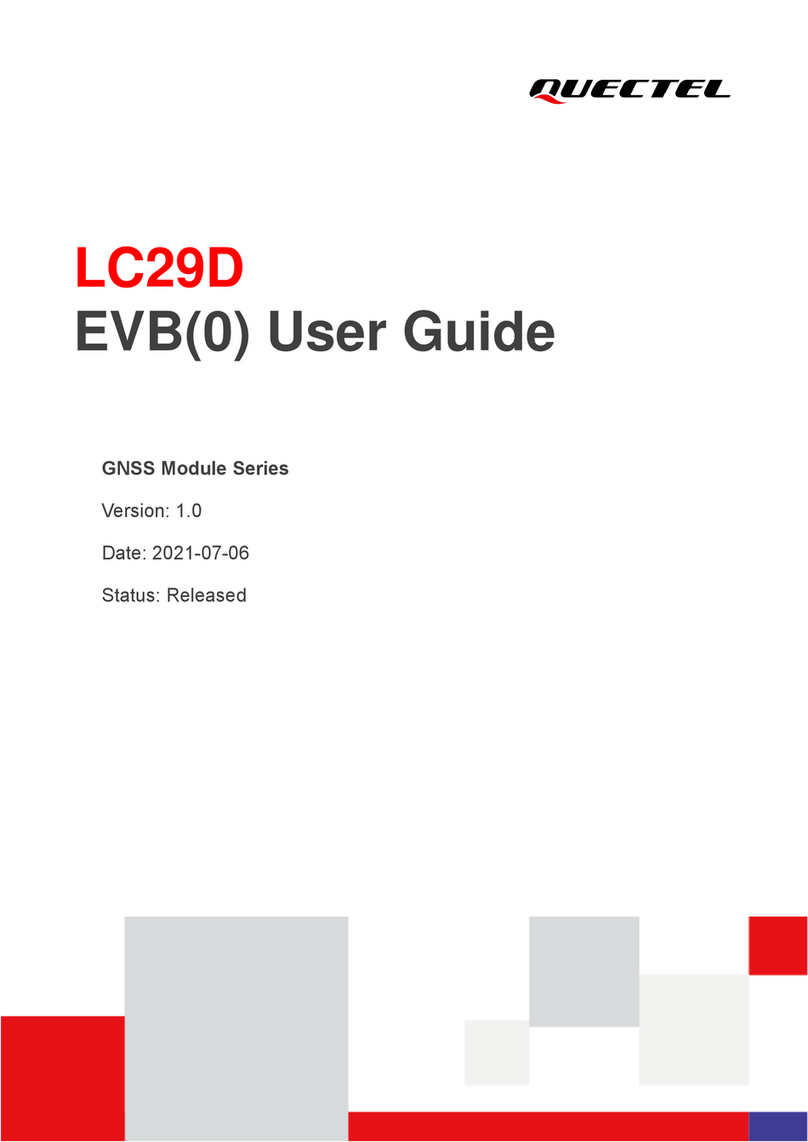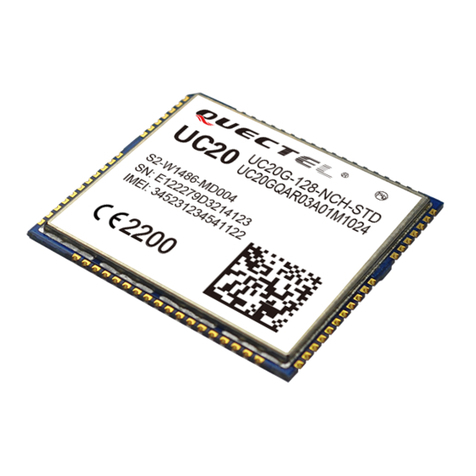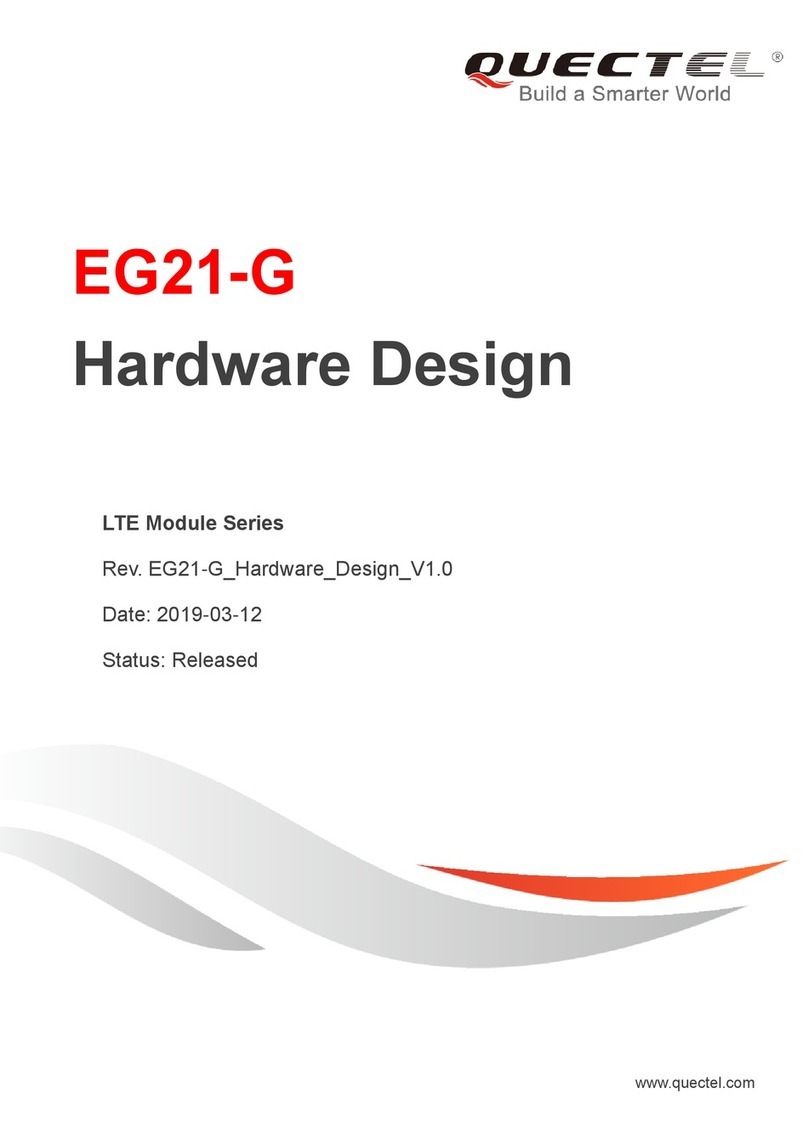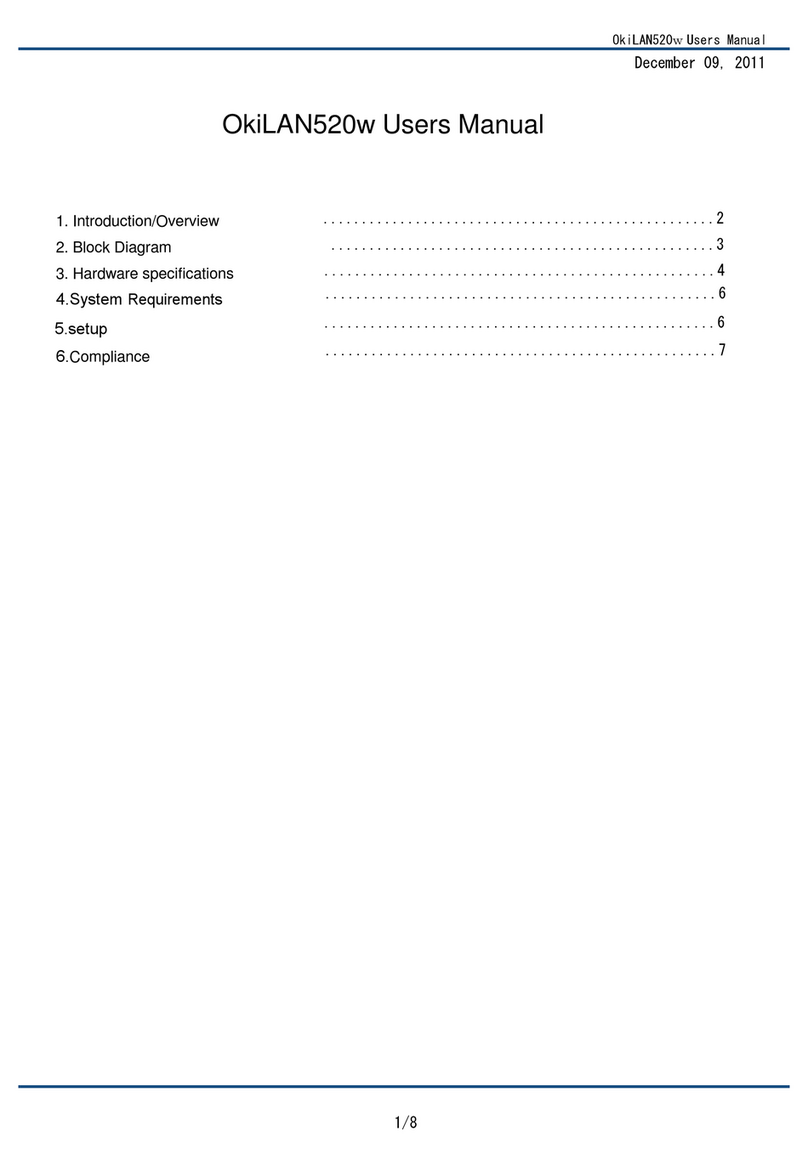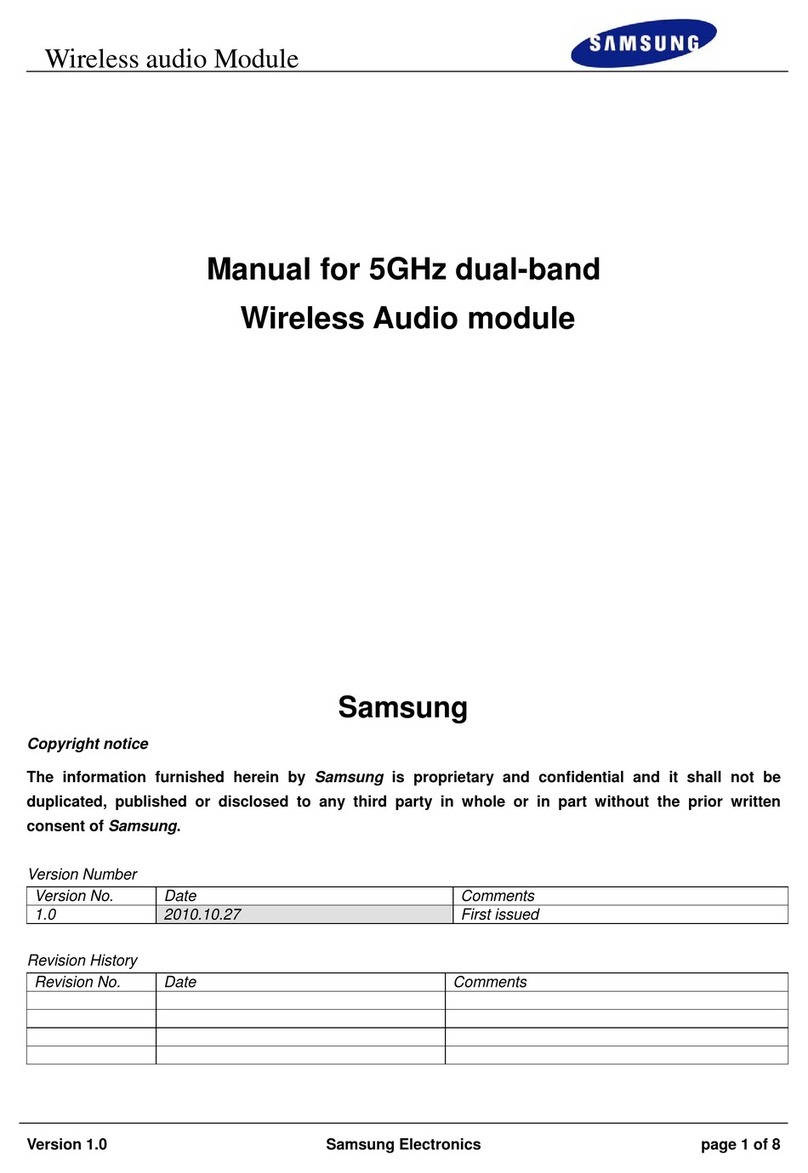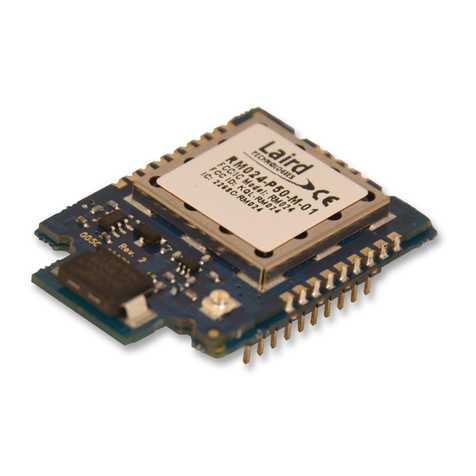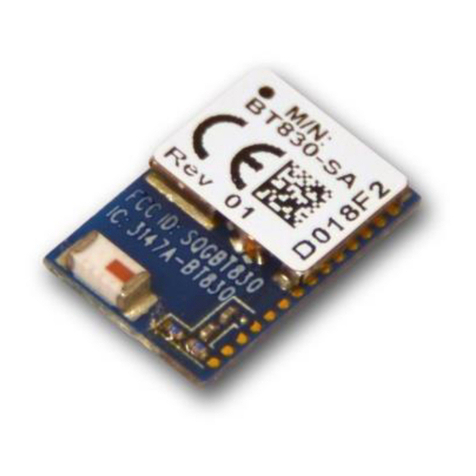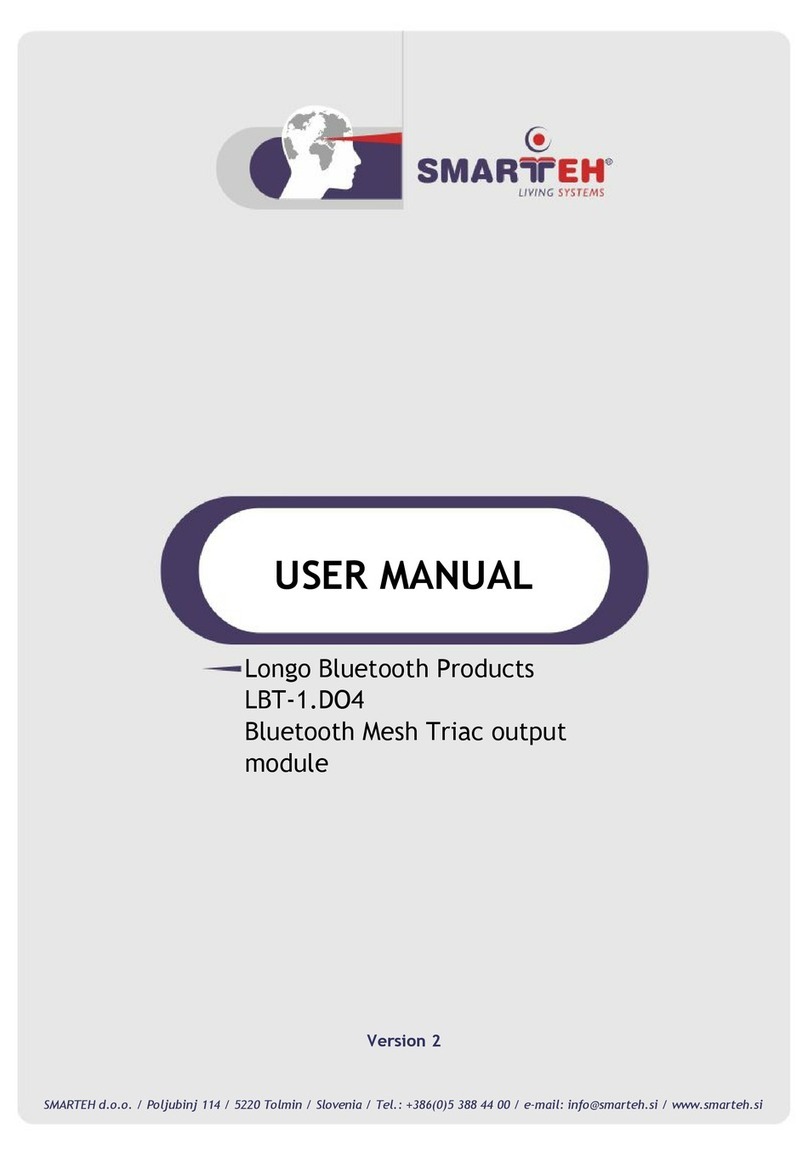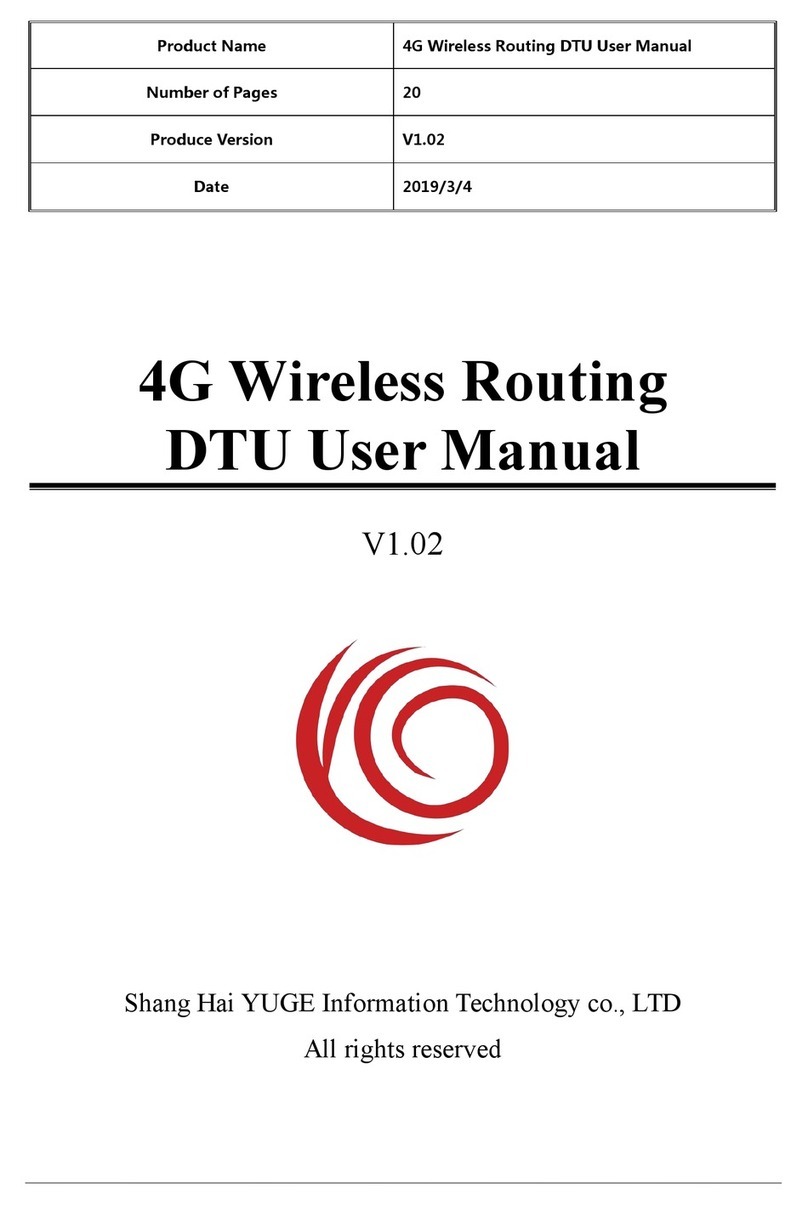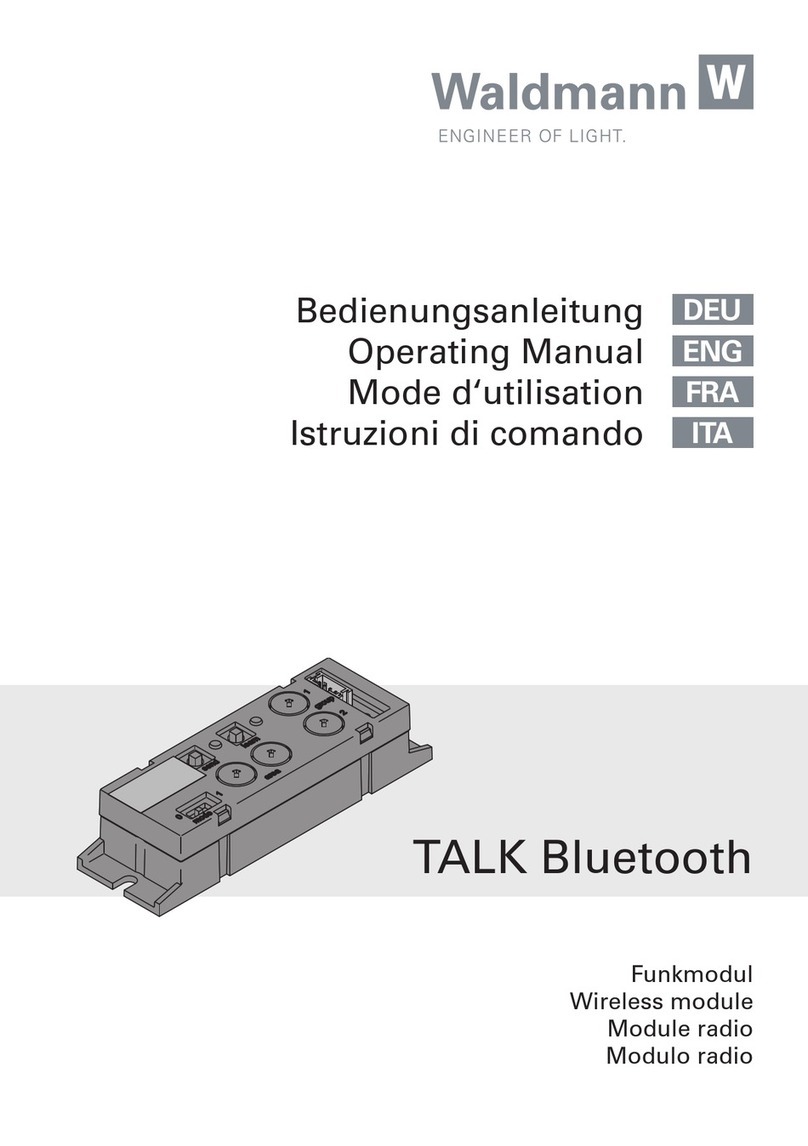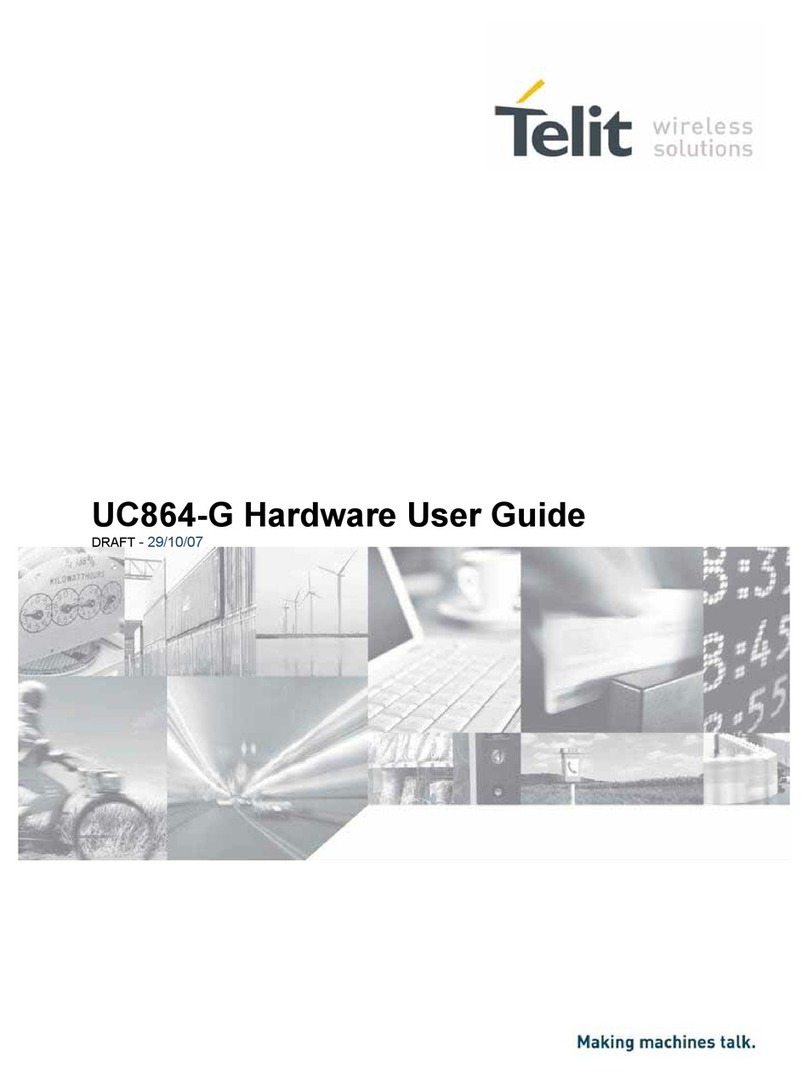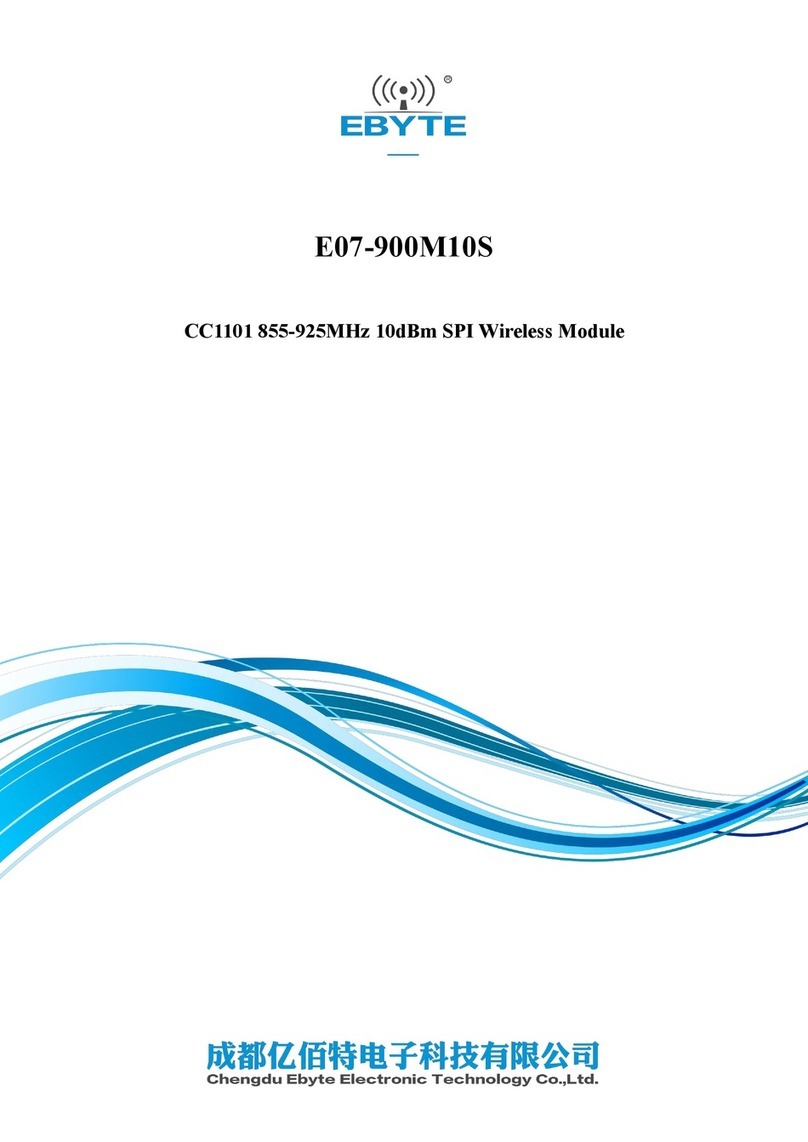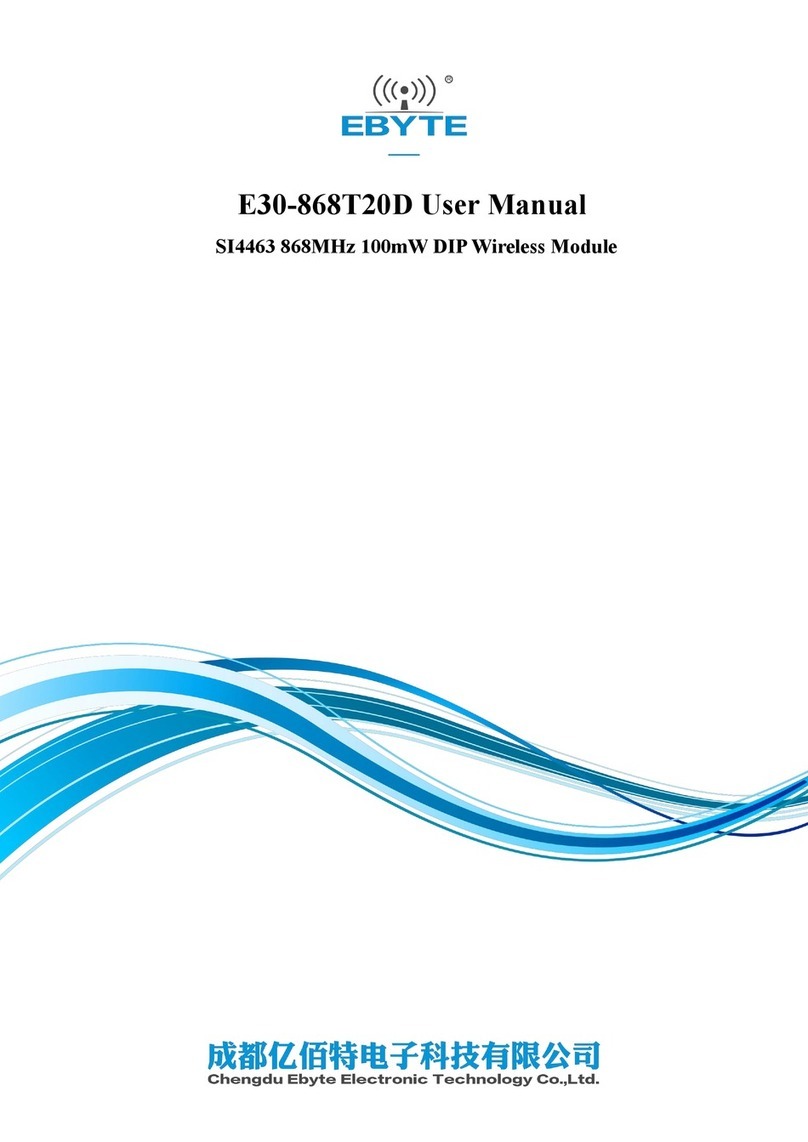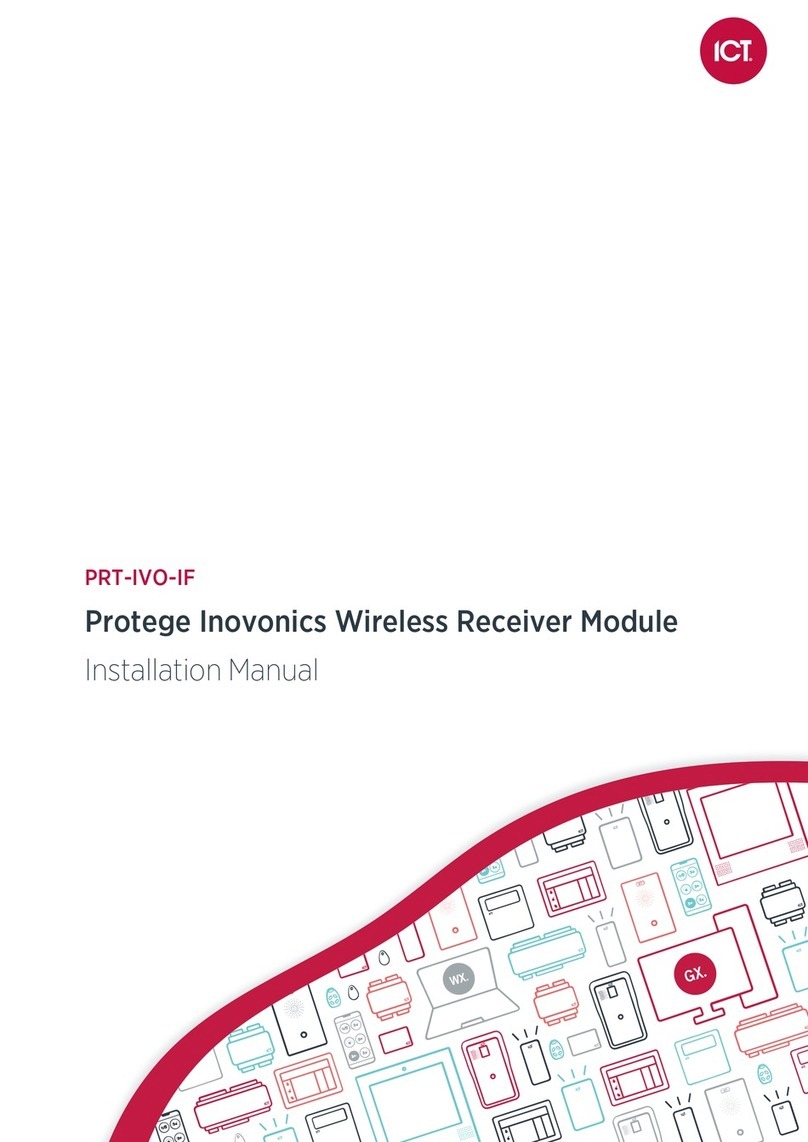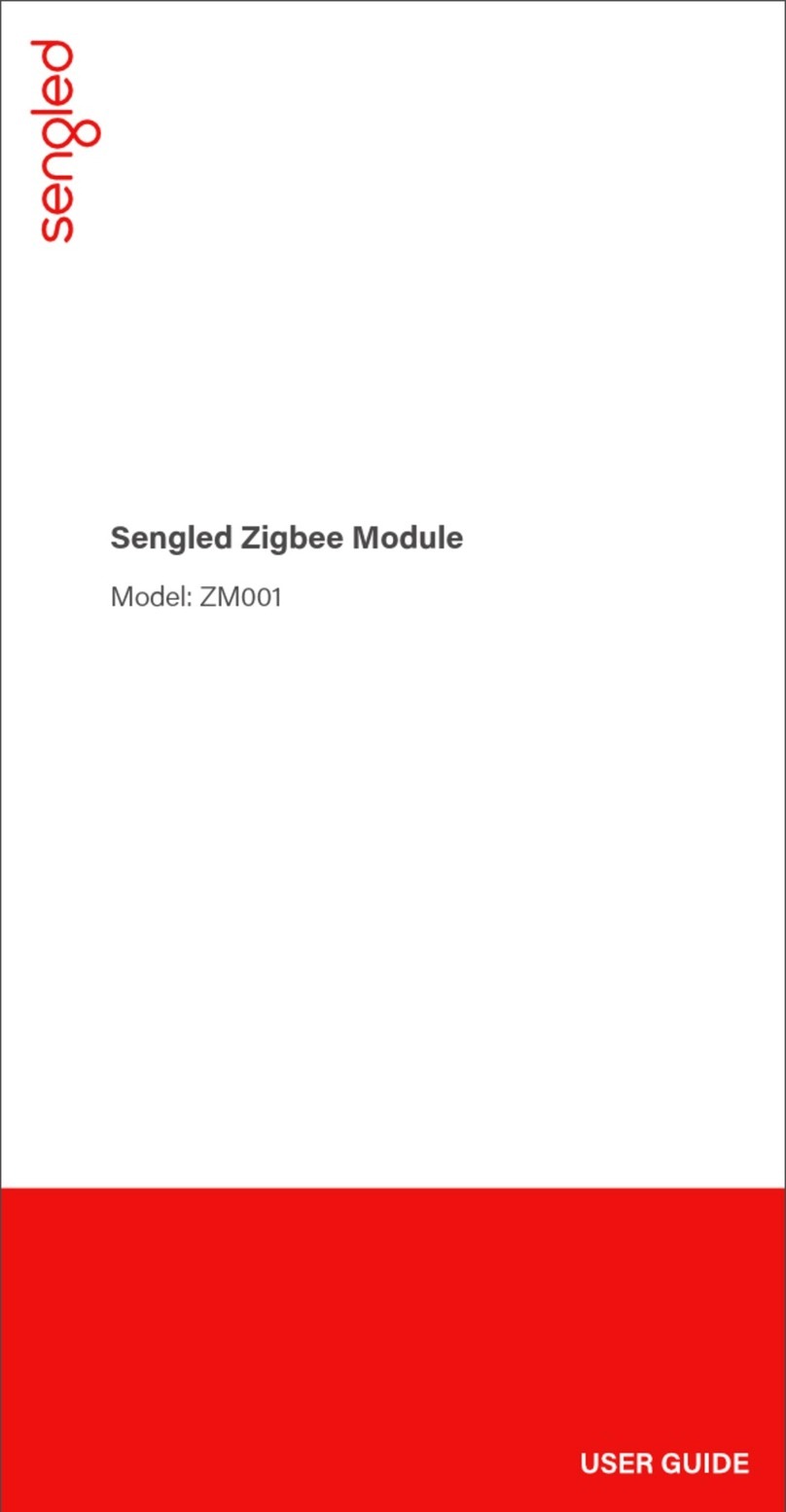Automotive Module Series
AG521R-NA QuecOpen Hardware Design
AG521R-NA_QuecOpen_Hardware_Design 6 / 104
Table Index
Table 1: Frequency Bands of AG521R-NA QuecOpen®Module.............................................................................. 14
Table 2: Key Features................................................................................................................................................ 15
Table 3: I/O Parameters Definition............................................................................................................................ 21
Table 4: Pin Description ............................................................................................................................................ 22
Table 5:Alternate Functions of Multiplexing Pins.................................................................................................... 33
Table 6: Overview of Operating Modes .................................................................................................................... 37
Table 7: VBAT and GND Pins................................................................................................................................... 40
Table 8: PWRKEY Pin Description........................................................................................................................... 42
Table 9: PON_1 Pin Description ............................................................................................................................... 44
Table 10: RESET Pin Description ............................................................................................................................. 46
Table 11: Pin Definition of (U)SIM Interface............................................................................................................ 48
Table 12: Pin Description of USB Interface.............................................................................................................. 50
Table 13: Pin Definition of UART1 Interface............................................................................................................ 52
Table 14: Pin Definition of BT UART Interface........................................................................................................ 52
Table 15: Pin Definition of Debug UART Interface.................................................................................................. 53
Table 16: Logic Levels of Digital I/O........................................................................................................................ 53
Table 17: Pin Definition of I2S Interface................................................................................................................... 54
Table 18: Pin Definition of I2C Interface.................................................................................................................. 55
Table 19: Pin Definition of SDIO Interface............................................................................................................... 55
Table 20: Pin Definition of SPI Interfaces................................................................................................................. 58
Table 21: Parameters of SPI Interface Timing........................................................................................................... 58
Table 22: Pin Definition of RGMII Interface ............................................................................................................ 59
Table 23: Pin Definition of WLAN and BT Interfaces.............................................................................................. 62
Table 24: Pin Definition ofADC Interfaces .............................................................................................................. 65
Table 25: Characteristic of ADC Interface................................................................................................................. 65
Table 26: Pin Definition of USB_BOOT Interface.................................................................................................... 66
Table 27: Pin Definition of GPIOs ............................................................................................................................ 67
Table 28: Pin Definition of Main/Rx-diversity Antenna Interfaces........................................................................... 68
Table 29: Module Operating Frequencies.................................................................................................................. 68
Table 30:Antenna Requirements............................................................................................................................... 72
Table 31: Absolute Maximum Ratings ...................................................................................................................... 74
Table 32: Power Supply Ratings................................................................................................................................ 74
Table 33: Operation and Storage Temperatures......................................................................................................... 75
Table 34: Module Current Consumption (25 °C, 3.8 V Power Supply).................................................................... 76
Table 35: RF Output Power....................................................................................................................................... 77
Table 36: RF Receiving Sensitivity (Unit: dBm)....................................................................................................... 77
Table 37: Electrostatic Discharge Characteristics...................................................................................................... 78
Table 38: Recommended Thermal Profile Parameters .............................................................................................. 86
Table 39: Related Documents.................................................................................................................................... 89
Table 40: Terms andAbbreviations ........................................................................................................................... 89
Table 41: Description of Different Coding Schemes................................................................................................. 92
